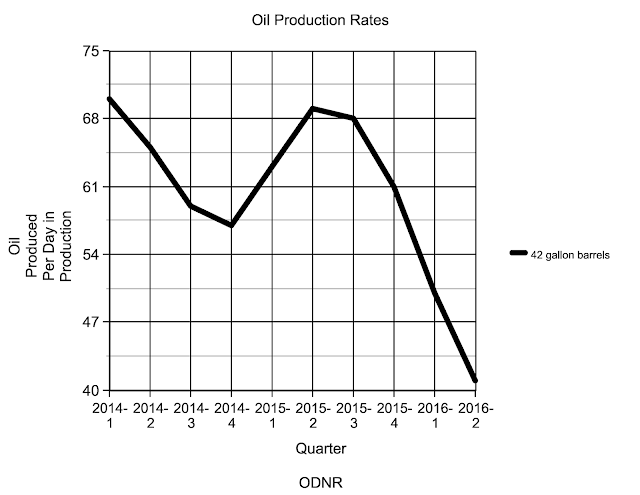Analysts: Producers May Have a "Short-Lived Window" of $4 Natural Gas in 2017
From SNL: After spending much of 2016 stacking rigs and laying off workers, some shale gas drillers are coming off the bench in response to gas futures prices above $3/MMBtu, with $4/MMBtu gas possible in 2017 as demand briefly outstrips production, Sanford C. Bernstein & Co. analysts said. But a $4 handle would be "a short-lived window of opportunity," they said, as the combination of the mighty Marcellus Shale and Haynesville and Fayetteville shale production adds volumes to drive prices back down. Right now, according to Bernstein's calculations, there are half the number of "Marcellus-equivalent" rigs working in the U.S. — 52 — as are needed to keep supply flat over the next 12 months. For its Marcellus-equivalent calculation, Bernstein calibrates rig counts to compare with production in the powerful northeast Marcellus. Shale gas production, which is prone to rapid declines in the first two years of a well's life, will keep falling as pr...
